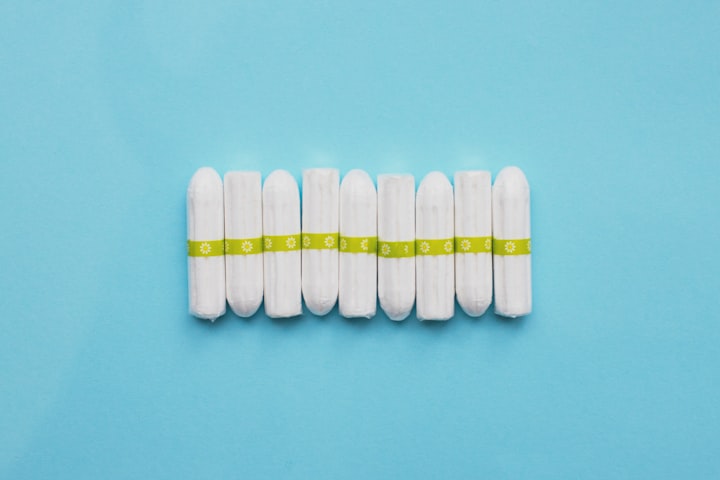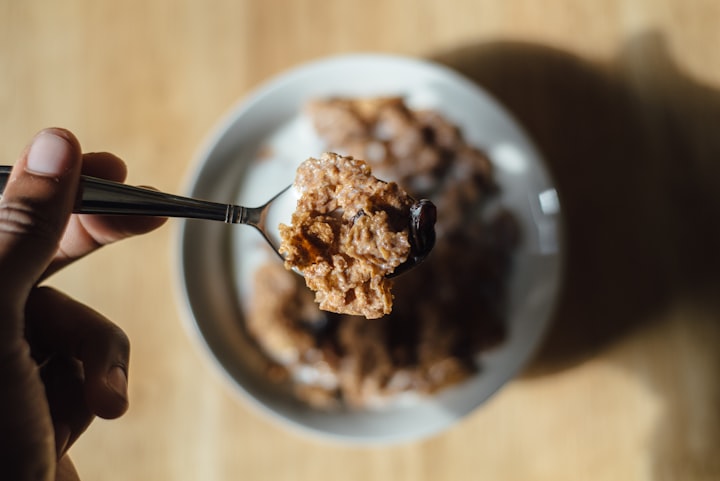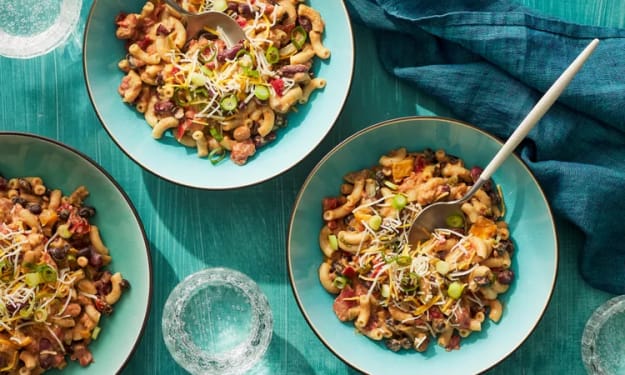Nutrients for Period Pain
#fixyourperiod... without weird diet restrictions!
Aside from the actual bleeding that occurs during menstruation, I would argue that the worst part about periods isn’t always the tiredness or even the grumpiness. I stand by the statement that pain during periods is the absolute worst part of periods. Think about it: having a duration of time where you’re a little more tired and maybe a little more snarky than usual, without feeling like you’re going to keel over from pain? Infinitely better.
But get this: while some mild to moderate cramps are okay during the initial days of a period (the uterus has to get the lining out somehow), period pain is not okay. It might be common, but it’s definitely not normal.
This is where I sometimes lose people – we’ve come to understand that period cramps and period pain are the same thing, but they’re not!
Period cramps can be almost like having stomach cramps. They’re certainly not comfortable but they’re not so severe that you can’t carry out your daily functions. They usually only last for a few days during the menstrual phase and they’re pretty specific to the lower abdomen, where the uterus is located.
Period pain, on the other hand, is much worse than stomach cramps. While it can live around the lower abdomen and uterus, period pain also typically travels into the low back and even into the thighs and hips. This type of pain leaves people bedridden or at least in enough agony to take them out of their typical lives, like school and work. Definitely not a normal part of menstruating.
Having period pain assessed by a knowledgeable and understanding provider first is essential. You may need to be referred to a specialist who can explore other possible factors for significant period pain, like endometriosis, cysts or fibroids. Not all family doctors are experienced in managing period pain, so it’s okay to ask for a referral or second opinion – you’re not "crazy".
Some nutrients are heavily involved in muscle and menstrual health, which means prioritizing these nutrients may help manage period pain and keep cycles healthy overall. You can always combine these foods with your other pain management strategies – rarely does nutrition completely eliminate the use of options such as cramp creams, medications and hot packs. As a dietitian focused in reproductive health, I personally love using nutrition as a period health tool, but also really like my heating pad and Advil. No shame in my period game.
Magnesium is a mineral very commonly known for its role in muscle health. It works to help relax muscles, which can be useful when we consider that the uterus is essentially one big muscular organ in the abdomen. It can also be used for menstrual headaches and migraines! Magnesium is very easily found in nuts, chocolate and most whole grains – this is the time to add in chocolate-covered almonds and whole grain toast with Nutella.
Omega-3s are anti-inflammatory essential fatty acids. They can work in the opposite action to prostaglandins, or the pain compounds involved in cramping, as these are composed of omega-6s! If you’re not a fish fan, ground flax seed is my absolute go-to, along with hemp seeds and chia seeds. Mix ‘em into smoothies or yogurt bowls and you are well on your way to less period pain!
Vitamin B6 is involved in a variety of functions, not limited to immune system health, brain and nerve health and overall metabolic function – we need vitamin B6 to use all the other nutrients we get from food! Vitamin B6 has been found to be helpful in folks with menstrual migraines, and may promote lower period pain. Whole grain cereals are an easy and crunchy option for snacking if your appetite is low and you need something fast; pair them with milk or yogurt to add protein and additional calcium!
Fibre is less of a nutrient like vitamins and minerals, and more like a nutrient in terms of compounds. It’s a type of carbohydrate that human bodies aren’t able to digest fully, so we use it instead to feed our gut bacteria and promote regularity. Our digestive system is a primary way that we clear hormone breakdown products from the liver, estrogen being one of focus. When estrogen levels are relatively higher, it can contribute to more uterine lining build-up and more cramping later to remove it. Including fruit and vegetables as part of meals, and balancing sources like wild rice, lentils and potatoes over the course of the day can provide consistency without too much all at once.
Vitamin D is heavily involved in immune system health, but research shows that it may be low in people with dysmenorrhea (significant period pain). While supplementation may be necessary for some people, it’s important to talk to your doctor, dietitian and pharmacist to make sure you’re taking the right dose – high doses for a long period of time may be unsafe. In Canada, we can’t guarantee enough sun exposure between October and April, so adding extra from fortified foods and fatty fish can be a bonus!
And if you’re struggling to figure out how to eat for better hormones and periods, working with a dietitian focused in reproductive health can help; I’m booking new consultations this fall for folks in Ontario! To learn more, you can visit sayyestonourish.com to see the provinces I work in, the services I offer and the additional resources I’ve created for optimal period and fertility health.
About the Creator
Emily the Period RD
I help people with periods navigate menstrual health education & wellness with a healthy serving of sass (and not an ounce of nutrition pseudoscience).







Comments
There are no comments for this story
Be the first to respond and start the conversation.